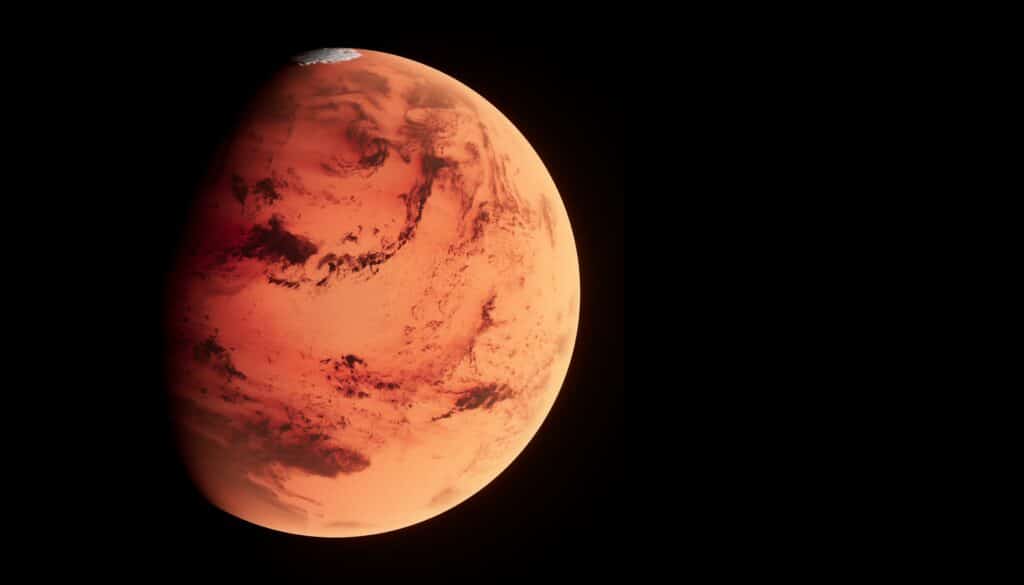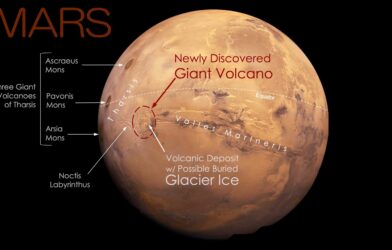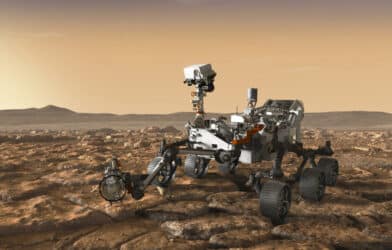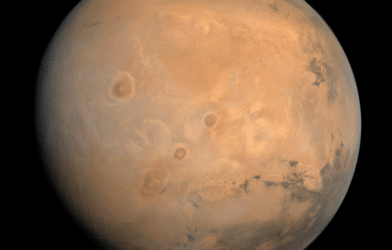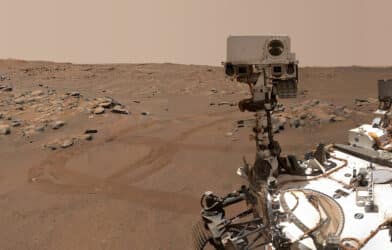An international team of scientists has cracked the case of an enigmatic seismic event that rattled Mars like never before. Led by researchers at the University of Oxford, this squad of space detectives has dispelled a previous theory while unveiling startling revelation: the Martian quake was no cosmic collision but the colossal dance of tectonic forces beneath the planet’s surface.
Picture this: It’s May 4, 2022, and NASA’s InSight lander stationed on Mars senses the ground shaking. The seismic needle surges to 4.7 on the Richter scale, setting off vibrations that reverberate across the Red Planet for a staggering six hours. Dubbed “S1222a,” this event raises eyebrows among scientists due to its similarity to previous quakes attributed to meteoroid impacts. Thus began a worldwide quest to locate the impact crater, involving missions and minds from across the globe.
Mars may be smaller than Earth, but its sprawling landmass, devoid of oceans, matches our terrestrial counterpart. Covering a whopping 144 million square kilometers, this expansive terrain required a coordinated effort.
Dr. Benjamin Fernando, leading the charge from the University of Oxford, enlisted the aid of space agencies worldwide, including the European Space Agency, the Chinese National Space Agency, the Indian Space Research Organization, and the United Arab Emirates Space Agency. This grand consortium marks the first time that all Mars-orbiting missions collaborated on a single endeavor.
Each agency meticulously combed through their satellite data, scrutinizing the Martian surface for signs of a fresh crater or any other telltale markers of an impact, like a dust cloud that might have arisen after the seismic event. After months of searching, the verdict is in: no smoking gun, no impact crater, dispelling the meteorite impact theory. The seismic disturbance, it turns out, emanated from deep within Mars, a revelation that could revolutionize our understanding of the planet.
Scientists contend that Mars is far more seismically active than previously imagined.
“We still think that Mars doesn’t have active plate tectonics today, so this event was likely caused by the release of stress within Mars’ crust,” Dr. Fernando says in a statement. “These stresses are the result of billions of years of evolution, including the cooling and shrinking of different parts of the planet at different rates.”
This revelation could have profound implications for future human colonization on Mars, helping us determine safe zones and potential danger zones. Dr. Dimitra Atri, Group Leader for Mars at New York University Abu Dhabi and a contributor to the UAE’s Hope Spacecraft, goes as far as to call to this period the “golden age of Mars exploration.” Thanks to this unprecedented collaboration, we are one step closer to comprehending the secrets hidden beneath the Martian soil and embarking on future missions to unlock the Red Planet’s enigmas.
“S1222a” was one of the final events recorded by InSight before its mission concluded in December 2022. The knowledge gleaned from this study will pave the way for future missions, including those to the Moon and Saturn’s moon, Titan.
The research is published in the journal Geophysical Research Letters.
